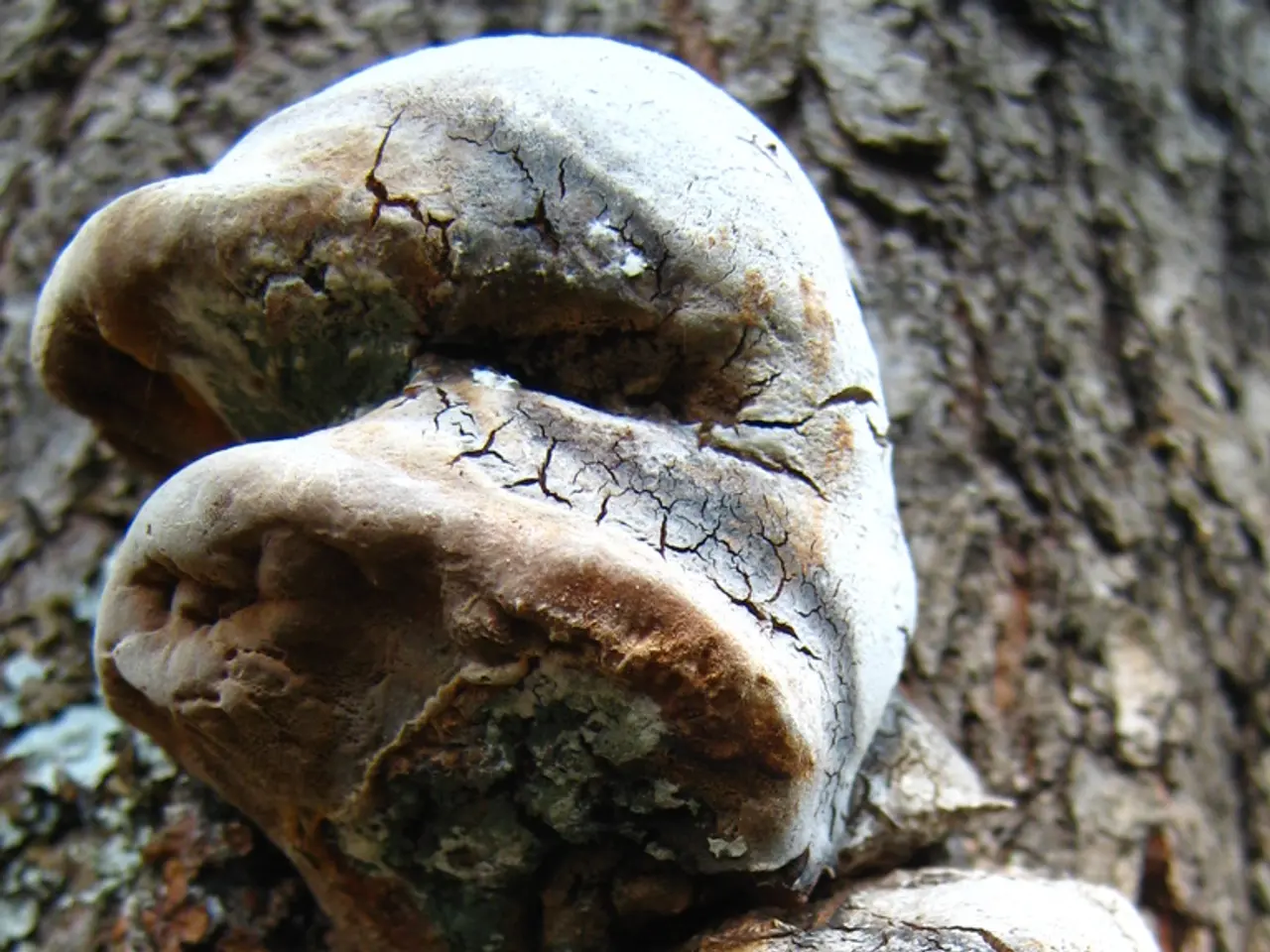Eliminating those Annoying Fungus Gnats in Terrariums: Effective Methods to Say Goodbye to the Pests
In the enclosed ecosystem of a terrarium, fungus gnat infestations can pose a significant challenge for plant and animal health. However, with a combination of natural remedies, environmental adjustments, and pest control measures, it's possible to maintain a healthy environment for your terrarium inhabitants.
One natural solution is the use of carnivorous plants, such as the Butterwort (Pinguicula Agnata), which thrive in bright, indirect light with moist, well-draining soil and moderate to high humidity. The sticky leaves of these plants serve as an effective trap for fungus gnats, reducing their population without the use of chemicals.
Another approach involves introducing beneficial insects, such as springtails, into the terrarium. These micro-insects prey on fungus gnat larvae in damp soil, helping to break the life cycle of the pests naturally.
Adjusting moisture levels is also crucial in managing fungus gnat infestations. Fungus gnats thrive in damp soil, so allowing the top layer to dry out between waterings can reduce gnat larvae survival. Using good-quality, well-draining substrate mixes tailored for terrariums can also help avoid excess moisture.
A diluted neem oil spray, mixed with 2-4 tablespoons of neem oil per gallon of water, can be used to help clear infestations. Neem oil acts as a natural insecticide that disrupts fungus gnats’ life cycle without harming plants or animals in the terrarium.
Yellow sticky traps placed near the terrarium can catch adult fungus gnats, reducing breeding and monitoring infestation levels.
Sanitation and repotting are also essential in severe infestations. Remove decaying organic matter from the terrarium and replace or top up the soil with fresh, sterilized substrate. Clean tools and terrarium decorations to prevent spreading.
In more extreme cases, vinegar traps can be added to the terrarium, provided there's enough space to accommodate one. These traps can help reduce the number of gnats. However, it's important to ensure the holes are small enough to keep out isopods and other beneficial bugs.
Predatory mites, rove beetles, and other beneficial microfauna and microflora can be used to tackle fungus gnat infestations in the form of products like the Fungus Gnat Eradicator Mix. These organisms prey on fungus gnat larvae, addressing the problem at its source.
It's essential to act early when dealing with an infestation, as pests like fungus gnats can spread rapidly. Quarantining new plants for a few weeks can help prevent infestations, especially those purchased from supermarkets, garden centers, or big shops.
In conclusion, a combination of these strategies provides a comprehensive and eco-friendly approach to managing fungus gnats in terrariums, ensuring a healthy environment for both plants and animals.
In the endeavor to maintain a healthy terrarium environment, introducing beneficial insects such as springtails and using carnivorous plants like the Butterwort can help reduce fungus gnat populations naturally. Additionally, adjusting moisture levels in the terrarium by allowing the top layer of soil to dry out between waterings and using good-draining substrate mixes can also aid in managing fungus gnat infestations.








